Talking After Stroke: Understanding Aphasia & Dysarthria (Communication Recovery Tips)
Share IT

Launch Your Dream Website with Us!
Click Here to Get in touch with Us.
Categories
Communication Problems After Stroke
Communicating After a Stroke: Comprehending Dysarthria and Aphasia
A common side effect of stroke is communication difficulties, which is one of the main causes of impairment. Two common post-stroke issues that are often encountered are dysarthria and aphasia. Both have an impact on communication, but in different ways. Comprehending these distinctions is essential for providing assistance to stroke victims and enhancing their recuperation process.
Thank you for reading this post, don't forget to subscribe!Table of Contents

Aphasia: The Loss of Language
Communication Problems After Stroke
Language disorders like aphasia are brought on by injury to the areas of the brain involved in language processing. It may impair one’s capacity for:
- Speak: Having trouble putting ideas into words, speaking in clear phrases, or using proper grammar.
- Understand: Having trouble understanding spoken words, keeping up with conversations, or understanding word meanings.
- Read: The incapacity to comprehend or read written language.
- Write: Having trouble forming letters, spelling words correctly, or putting ideas in writing.
Communication Problems After Stroke
The location and degree of brain injury affect the kind and severity of aphasia. These are a few typical kinds:
- Broca’s aphasia: Short, laborious phrases and difficulty speaking coherently are symptoms of Broca’s aphasia. Understanding might be mostly unharmed.
- Wernicke’s aphasia: is characterized by trouble understanding spoken language and by the ability to speak clearly yet incoherently.
- Global aphasia: Severe impairment in speaking, understanding, reading, and writing are all aspects of global aphasia.
Dysarthria: Uncooperative Speech Muscles
Communication Problems After Stroke
A motor speech problem affecting the speaking muscles is called dysarthria. It affects a person’s capacity to articulate words clearly rather than their comprehension of language. Dysarthria symptoms can include:
- Speech that is slurred: Phrases may sound garbled or unclear.
- Slow speech: is characterized by a protracted speech pattern brought on by difficulty formulating words fast.
- Monotone speech: Speech that is monotone lacks diversity in loudness or pitch, making it challenging to understand.
- Weak voice: Inability to project voice or keep volume constant.
- Articulation difficulties: problems with accurately constructing words or speaking particular sounds are known as articulation problems.
Communication Problems After Stroke
The muscles that are damaged by the stroke determine the type of dysarthria.
Techniques for Communicating with Stroke Survivors
Communication Problems After Stroke
It can be upsetting for stroke patients and their loved ones to experience both dysarthria and aphasia. The following are some methods to improve communication:
- Be patient and give yourself more time to communicate.
- Talk in brief, uncomplicated phrases.
- To help with understanding, use visuals and motions.
- When speaking, make sure your enunciation is clear and face the listener.
- Reduce interruptions and background noise.
- Promote other means of communication, such as writing or drawing.
- Consult a speech-language pathologist (SLP) for expert assistance.
Speech Therapy: A Pathway to Healing
Communication Problems After Stroke
Healthcare practitioners with training in speech-language pathology (SLP) are qualified to assist people with communication impairments. They are able to determine the precise kind and degree of dysarthria or aphasia and create individualized treatment programs. SLPs can assist as follows:
- Enhance your compensating communication techniques.
- Retrain speech-impaired muscles to speak more clearly (dysarthria).
- Reorganize and stimulate language abilities (aphasia).
- Create alternate means of communication with assistive technology.
Communication Problems After Stroke
Using an SLP as soon as possible is essential to optimizing communication recovery following a stroke. Regaining confidence and independence in one’s communication skills can be facilitated by therapy for stroke survivors.
In conclusion, communication is essential
social connection and emotional health, so it’s important to support it after a stroke. Comprehending aphasia and dysarthria can aid caregivers and family members in providing improved support to stroke survivors who experience difficulties with communication. Through the utilization of efficient communication techniques and the assistance of SLPs, we can enable individuals who have suffered from stroke to restore their voice and establish a connection with their surroundings.

Launch Your Dream Website with Us!
Click Here to Get in touch with Us.




























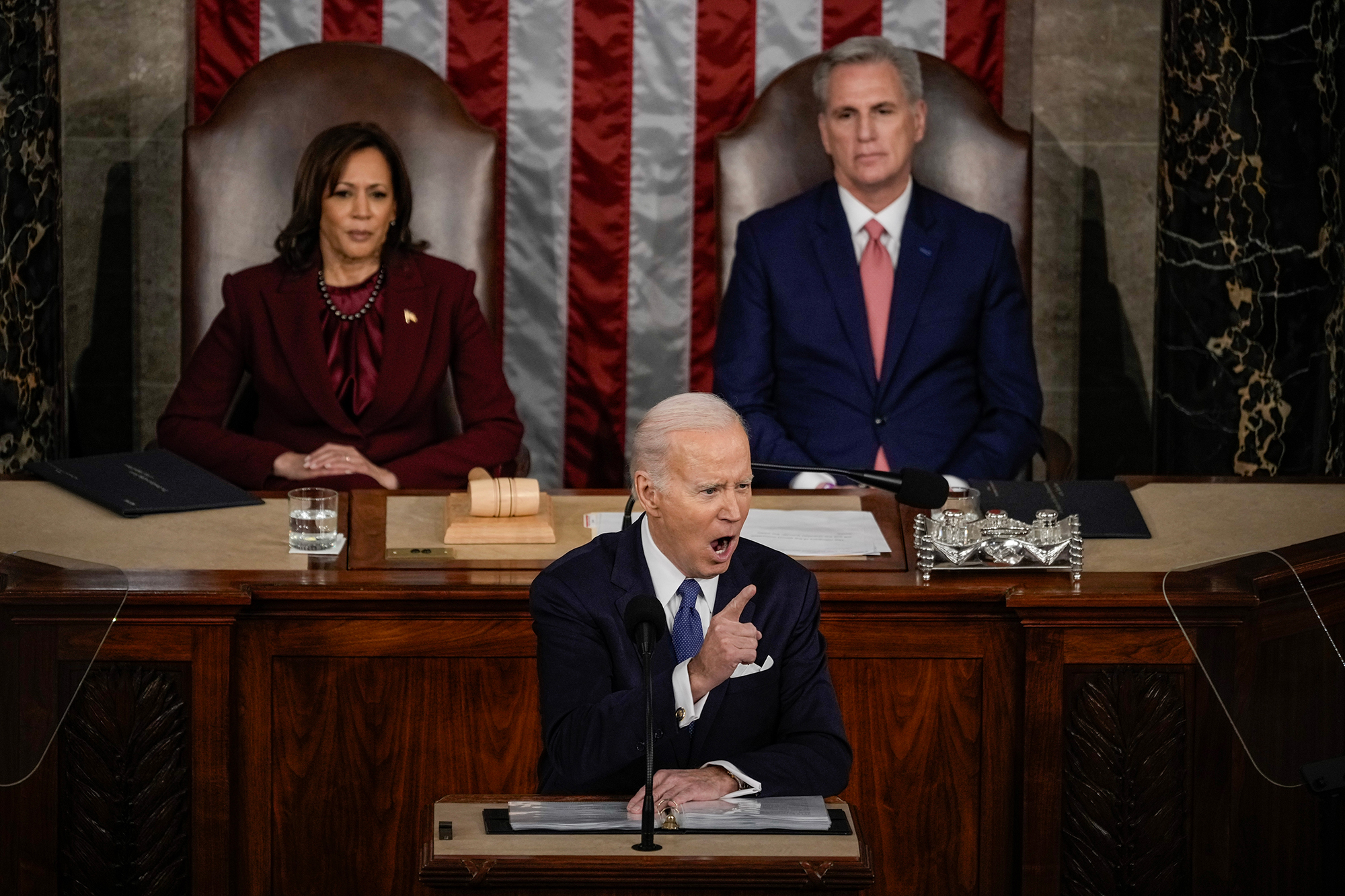



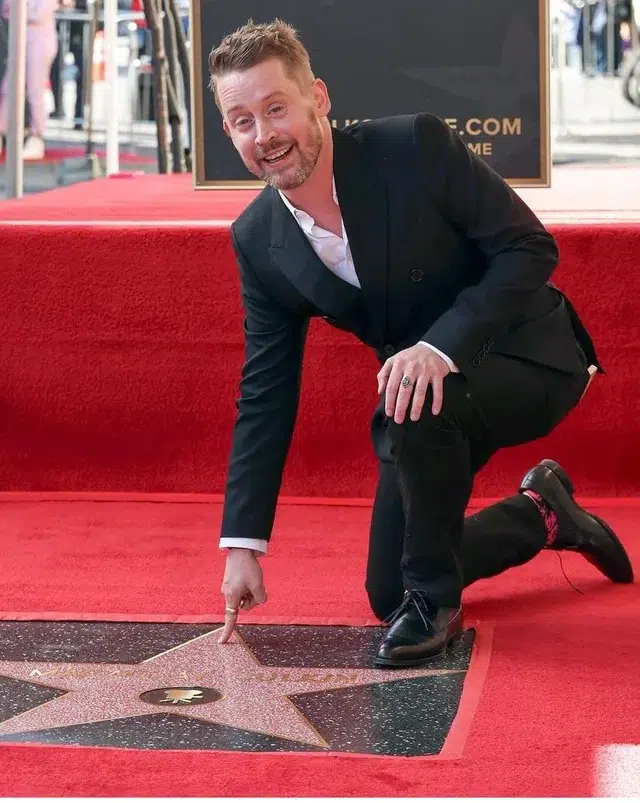







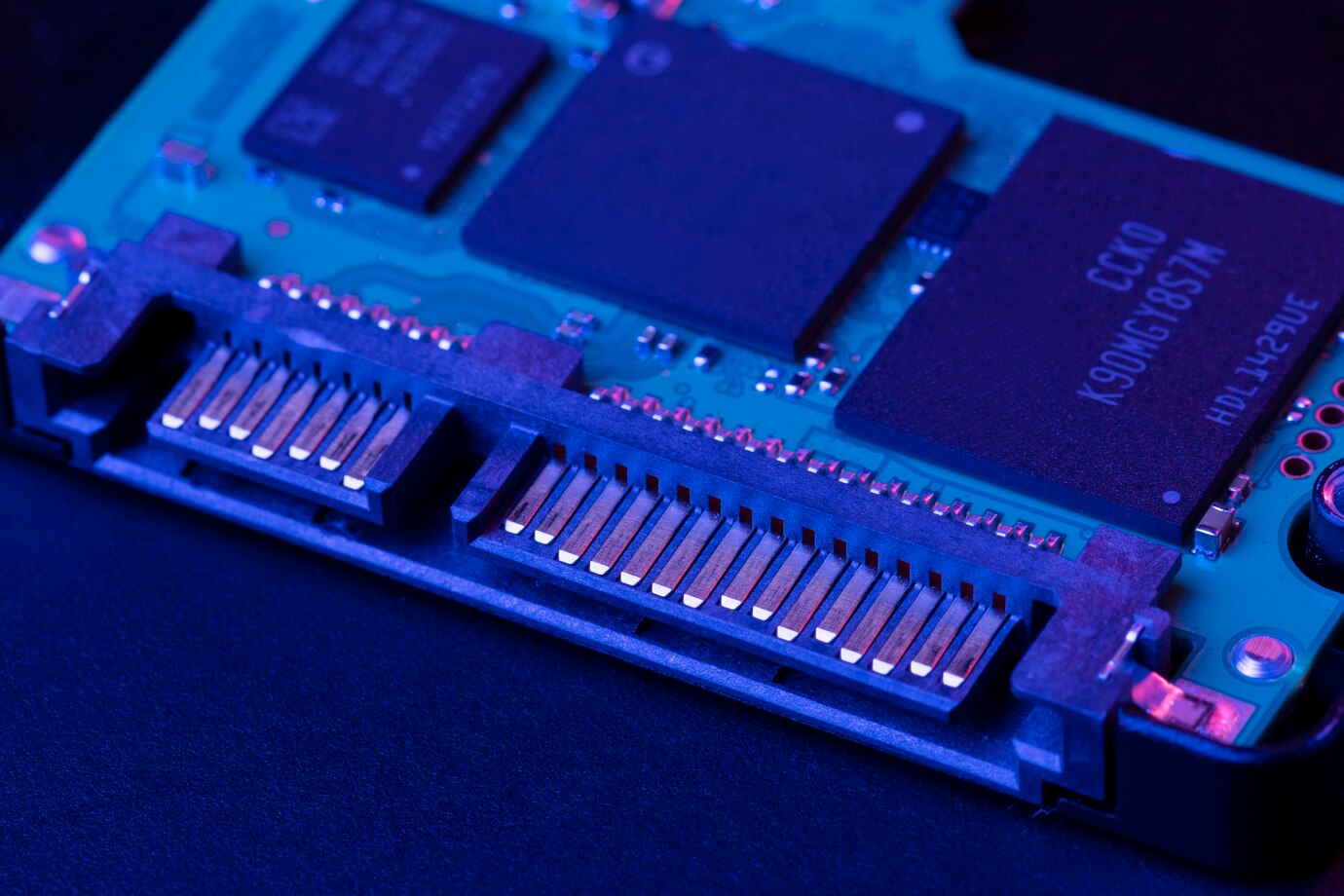


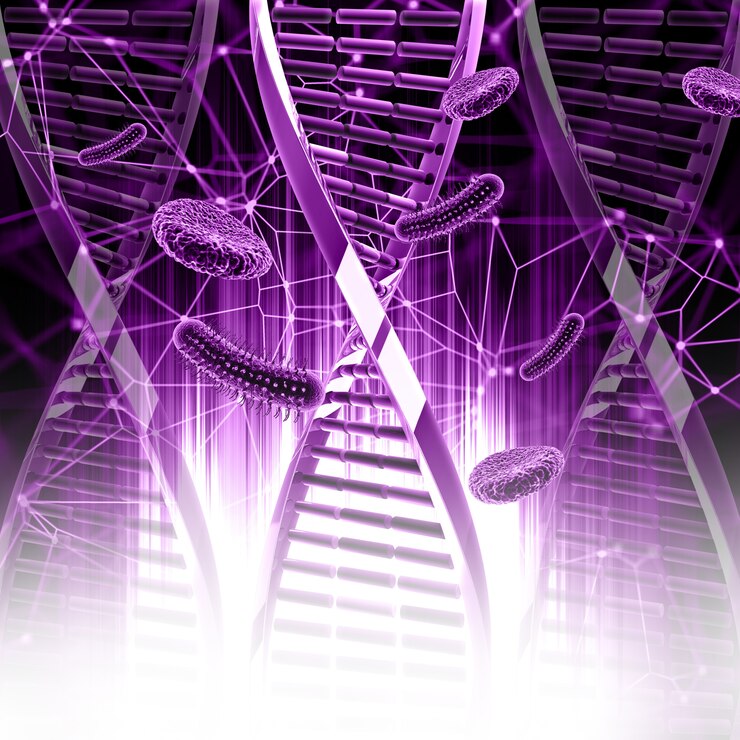

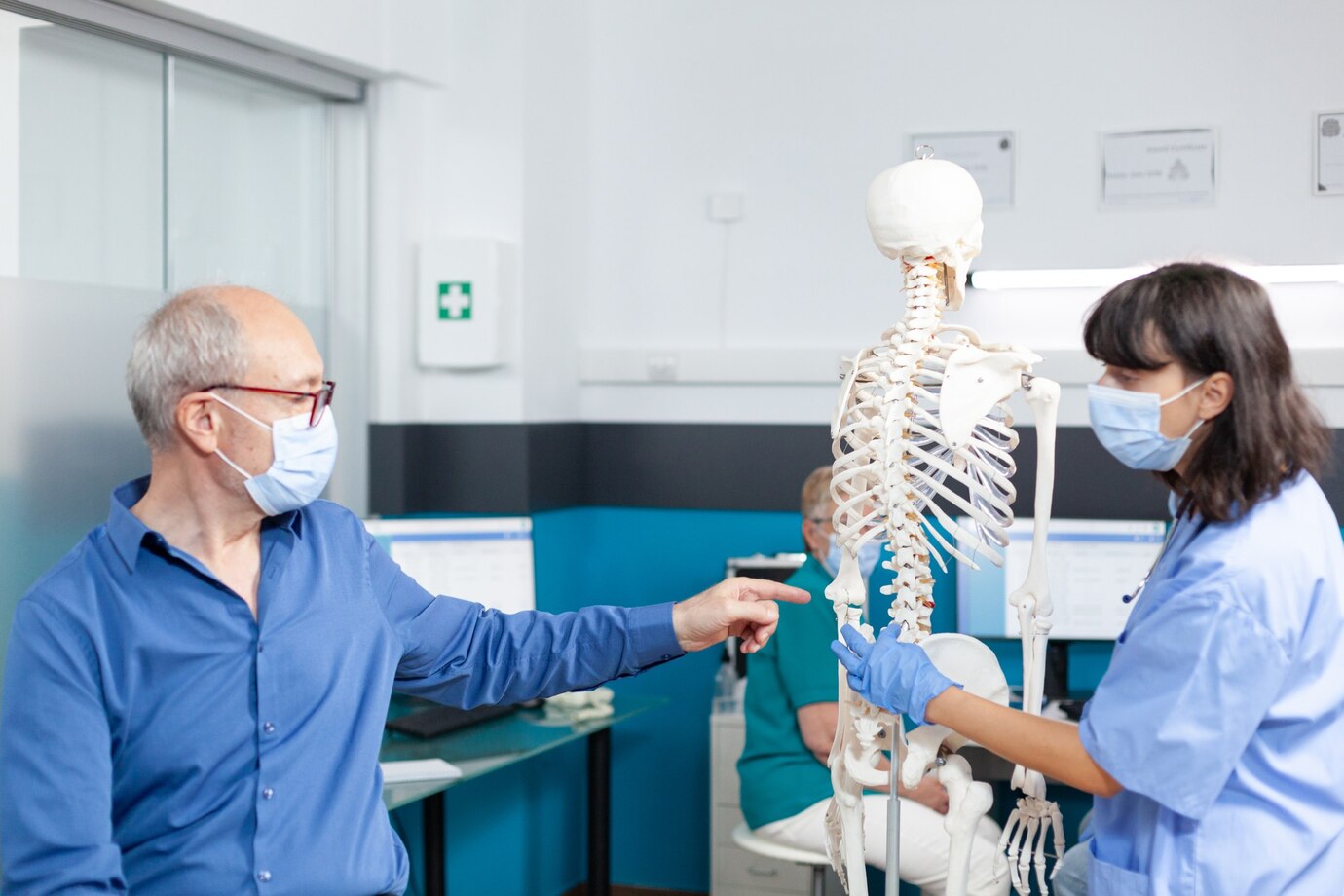








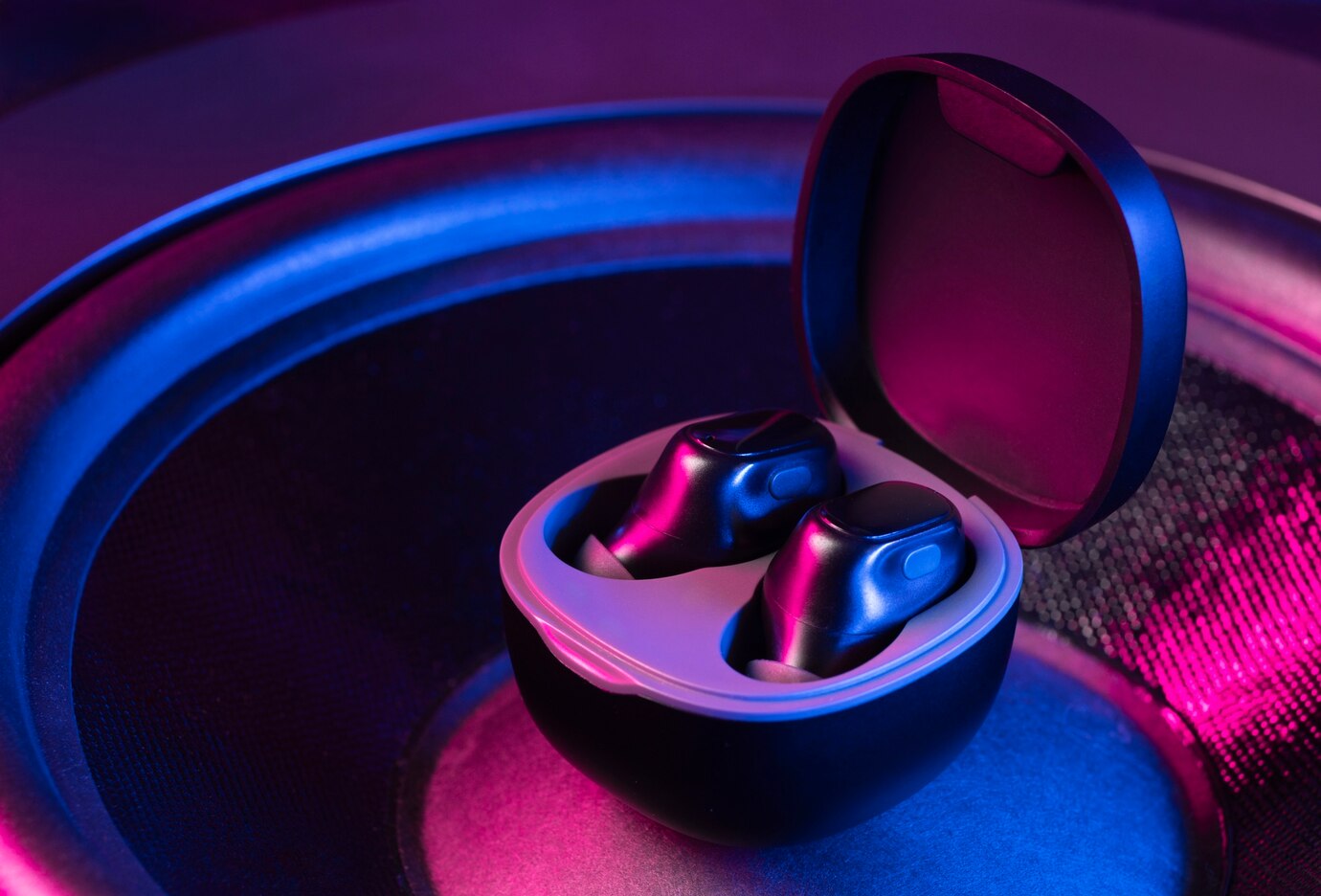




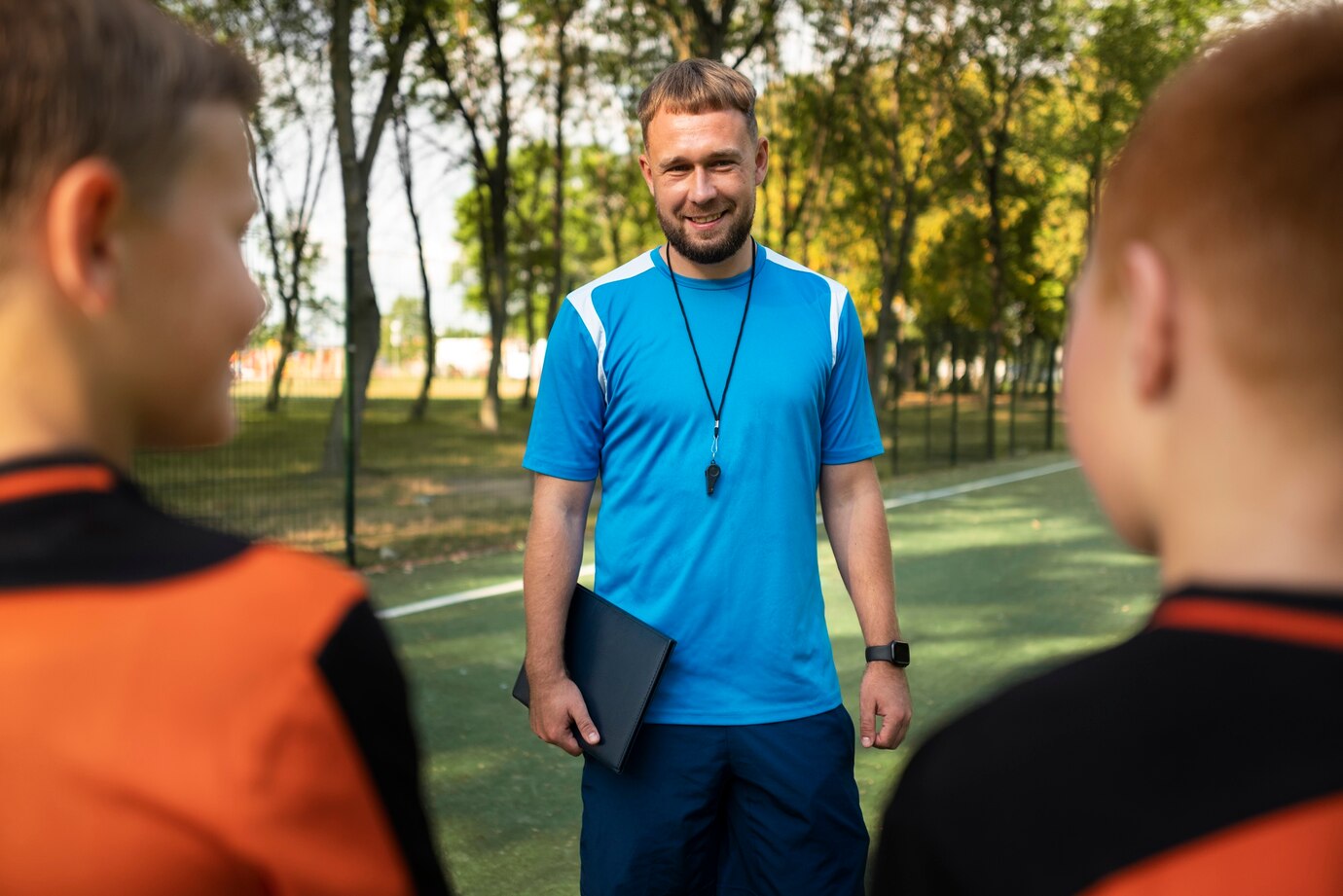
Recent Comments